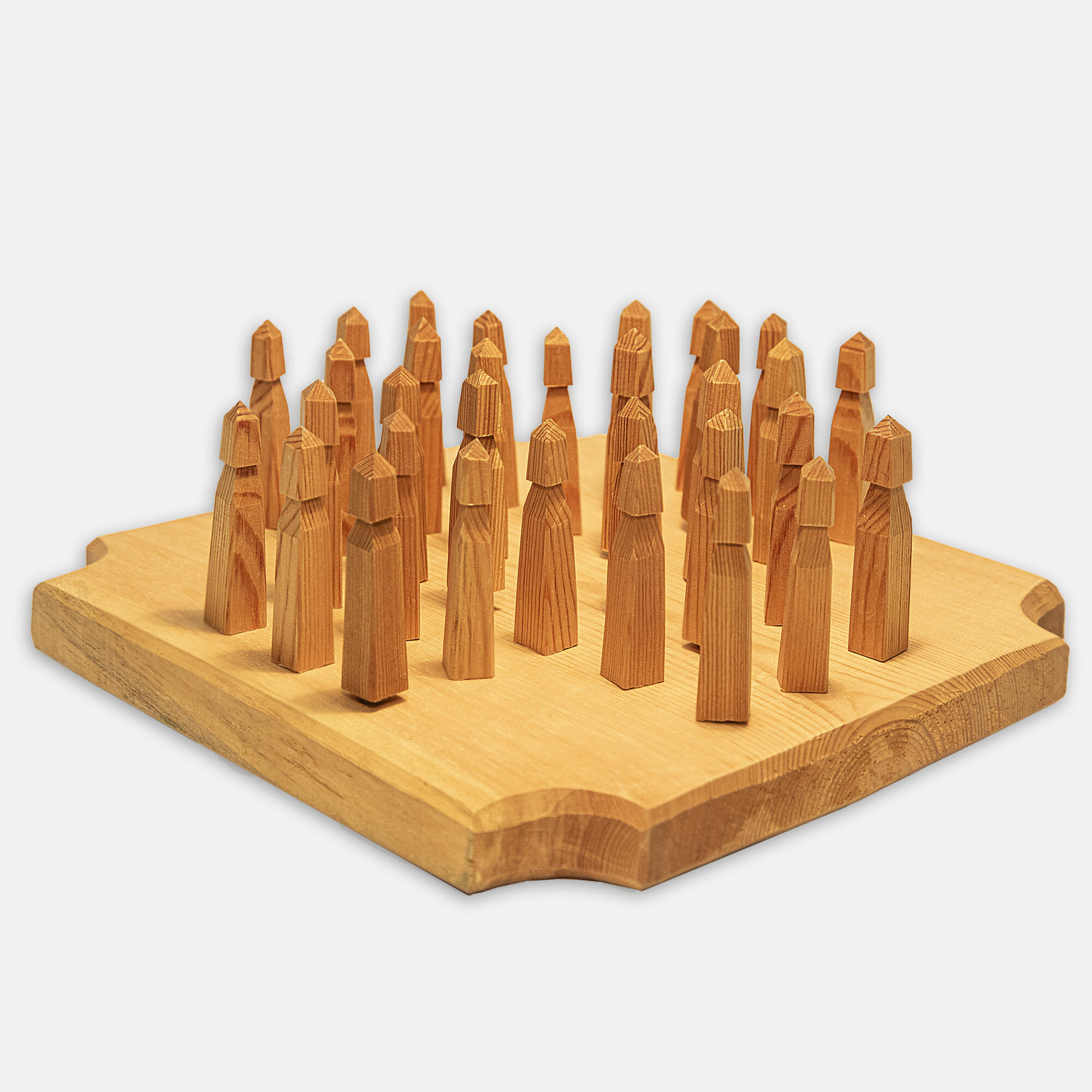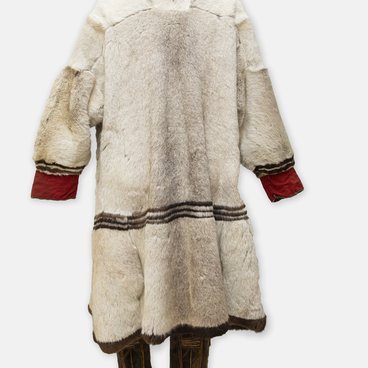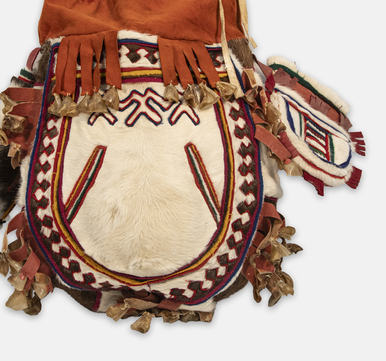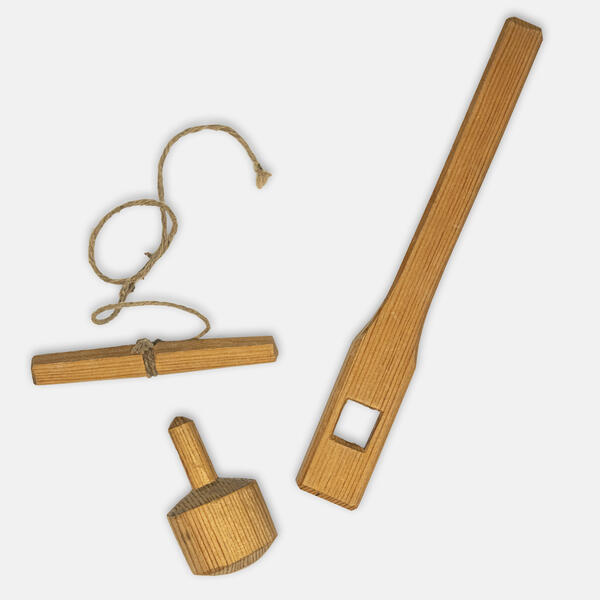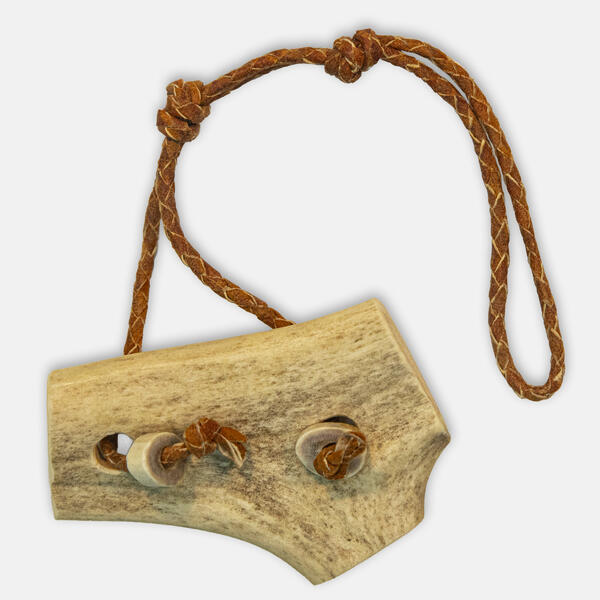For the indigenous peoples of the North, toys have always been more than just entertainment; they have an important educational purpose. With their help, people passed on their way of thinking, knowledge, and skills from generation to generation. By playing, children were prepared for adult life where they would become hunters, reindeer herders, and housewives.
From an early age, children were taught to make their own toys and then pass these skills to their younger brothers and sisters. By crafting an object, a child learned to understand its importance and technology of manufacture, to respect work, and to take care of things.
Traditionally, the Nenets made all their toys from natural materials, such as clay, birch bark, wood, leather, and fur. In the past, children would sometimes play with the bones of fish, birds, and animals, as well as their heads, paws, feathers, hides, tails, ears, and beaks. Other improvised toys included pieces of old nets, snares, and traps used for hunting and fishing. Girls made dolls using fur and cloth, for which they also sewed national clothing.
Every Nenets family had puzzles. They do not require any special knowledge, but rather wit and ingenuity, which is why such games attract both children and adults. Children learn to find solutions in difficult situations, develop logical thinking, memory, motor skills, diligence, and patience. For adults, such puzzles help relieve stress, get distracted from the hustle and bustle of everyday life, and pass the time during long winter evenings in a tent or while watching over a reindeer herd.
A tebko is a Nenets puzzle that was popular across the entire territory of the Arkhangelsk tundras. It is also called Nenets chess, wooden nails, Nenets checkers, and a seven-hole toy. It is a wooden board with 33 holes and 32 wooden pegs. Pegs can be moved across the board both vertically and horizontally.
If a peg is jumped over, it is taken off the board.
In this way, all the pegs are gradually removed, except for one, which must
remain in the middle of the board. There are numerous ways to get from the
starting position to the single peg, which is why the game unfolds differently
every time. The tebko puzzle from the collection of the Nenets Museum of Local
Lore is a unique exhibit because it has no counterparts in other regions populated
by the Nenets.
